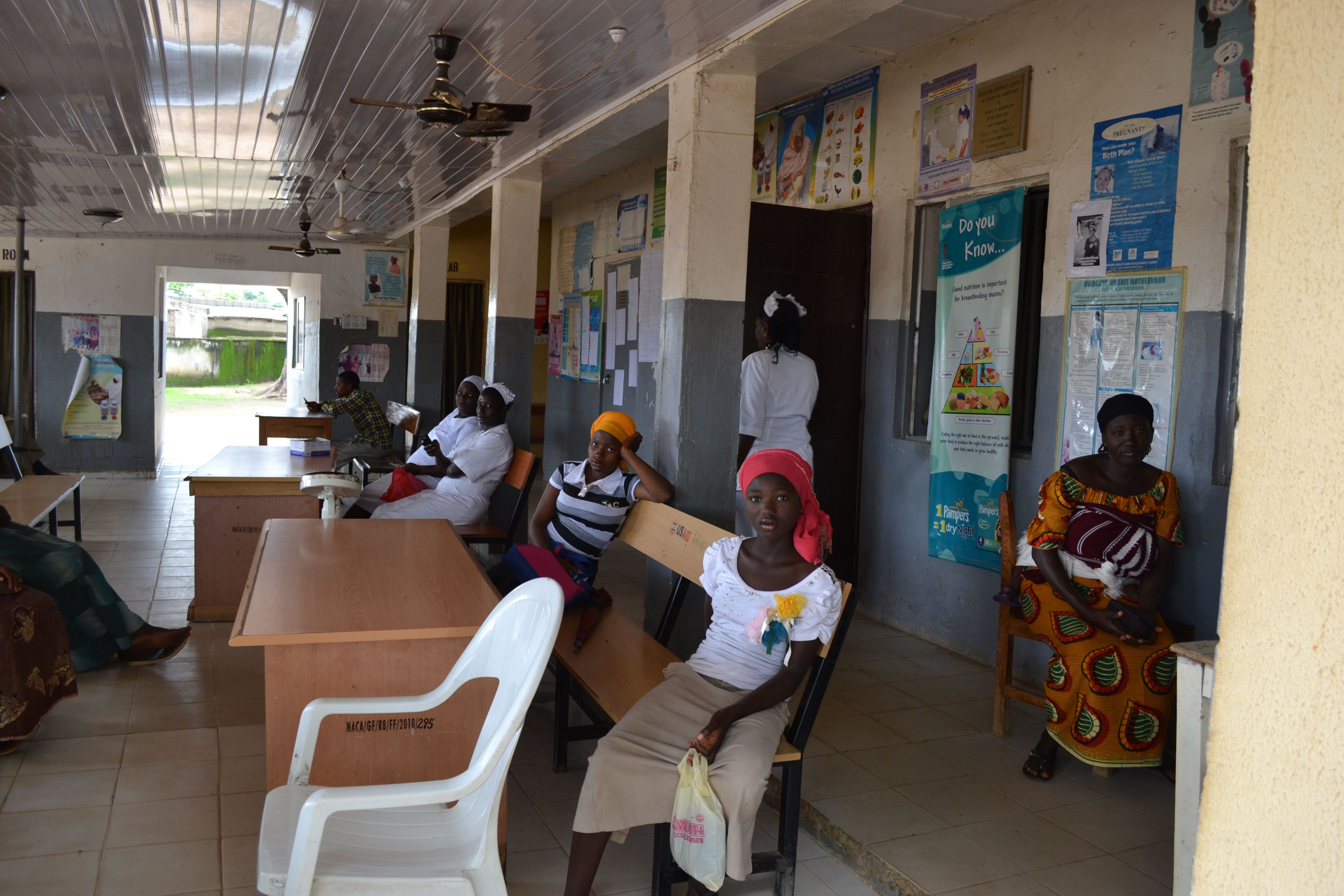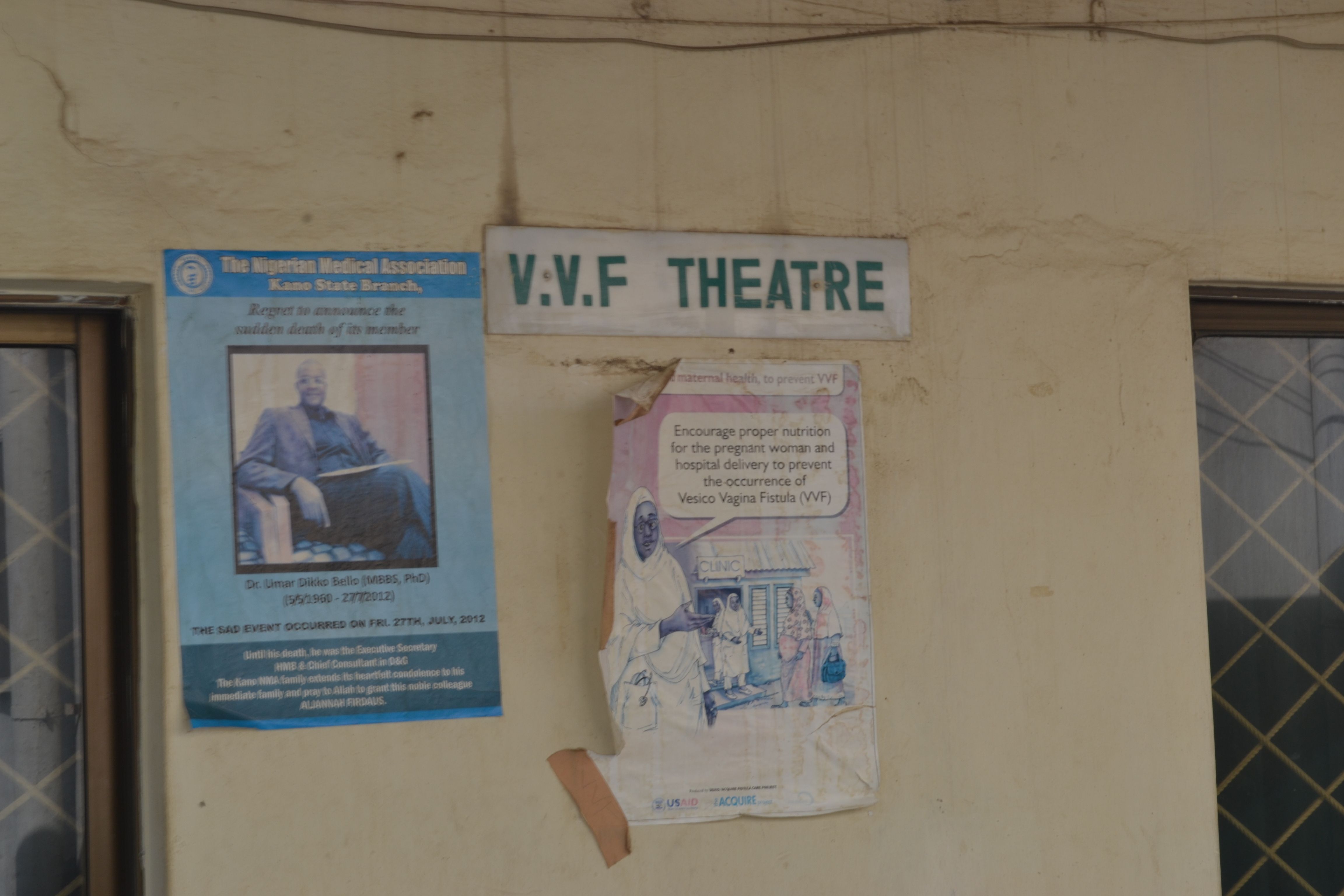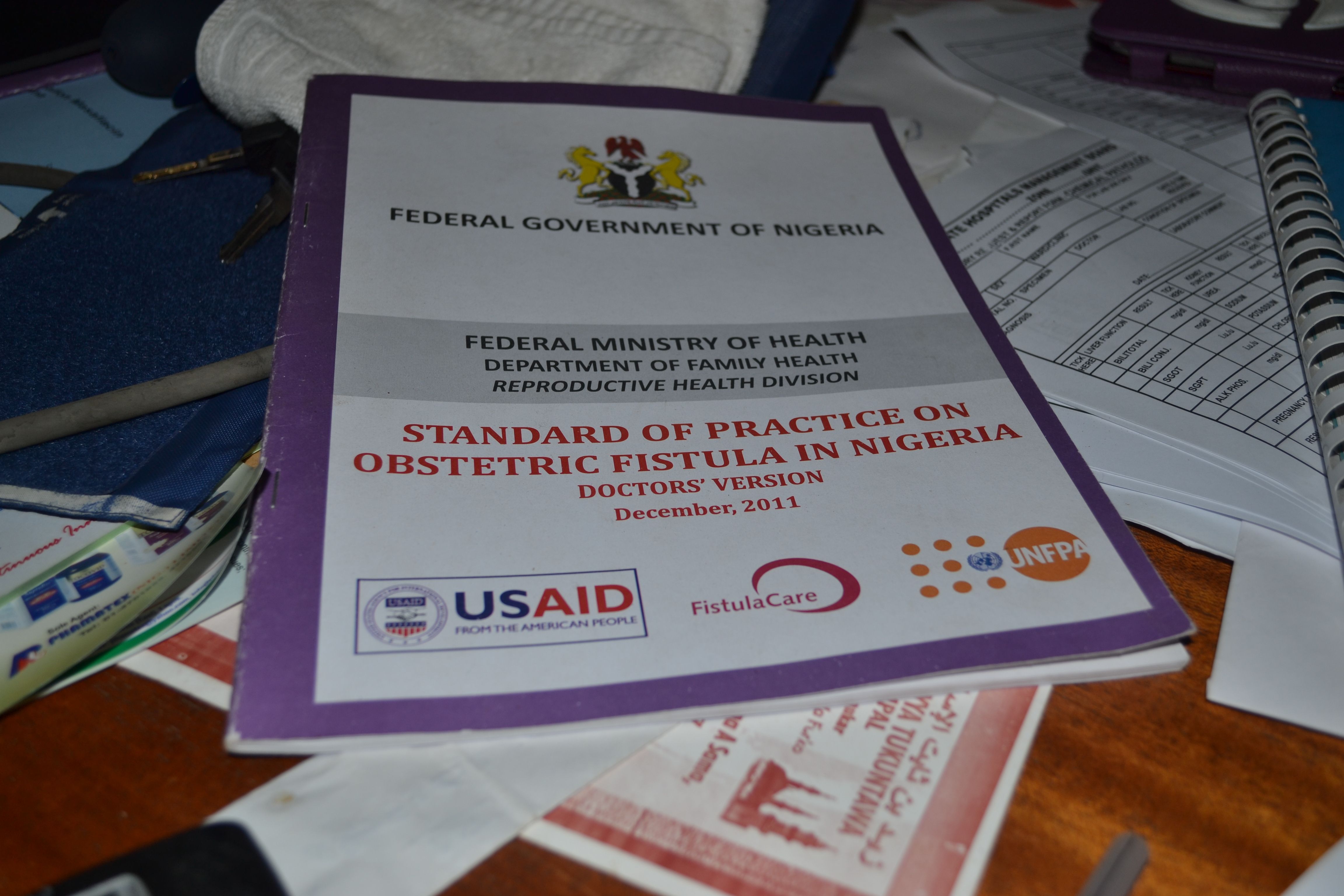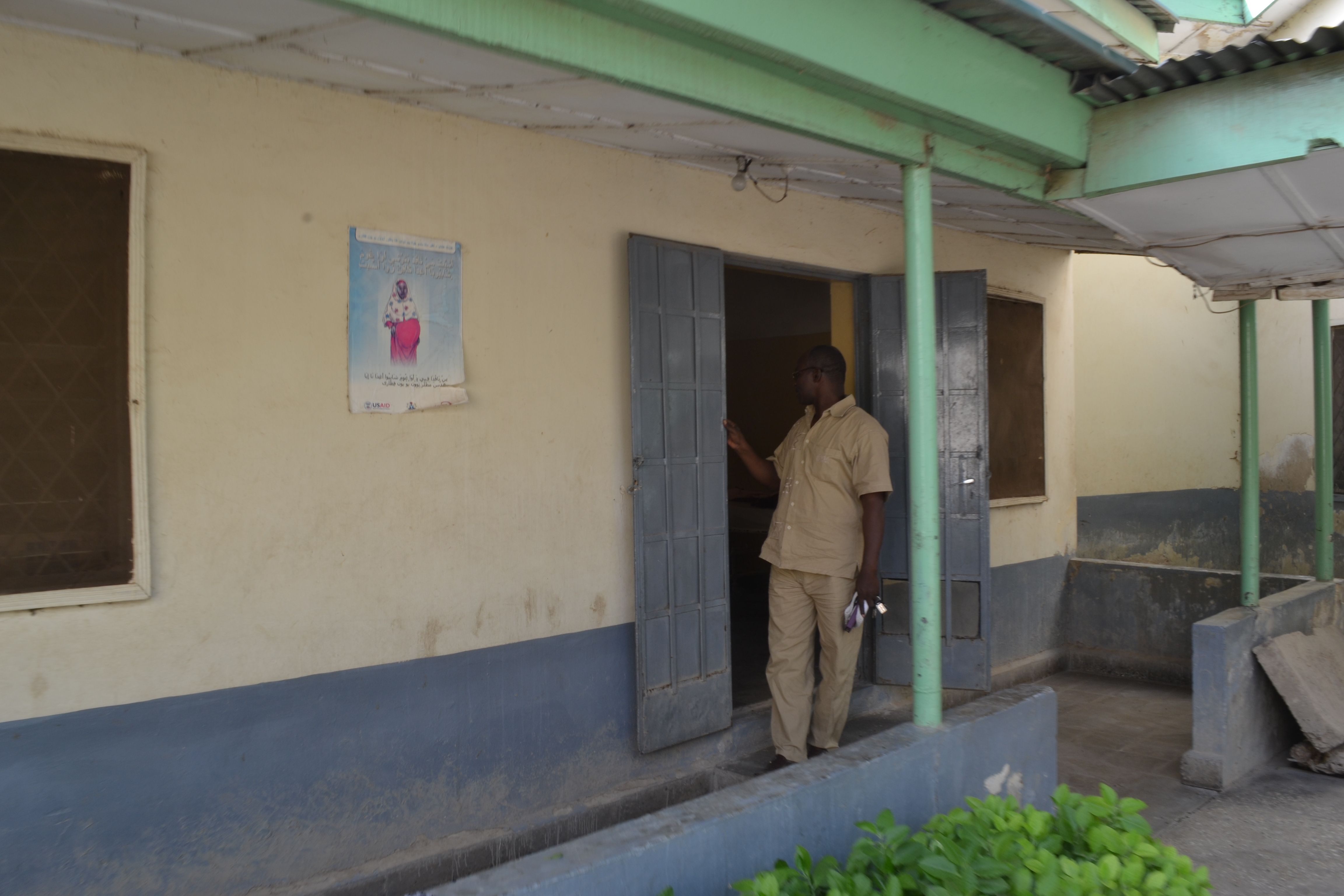The fundamental issue with antenatal care in Nigeria is two-pronged: the lack or inadequacy of antenatal facilities and the non-utilization of available ante-natal services usually due to cultural and religious beliefs.
Millions of pregnant women in the country trek for miles to get to a health facility. Some endure labor for days which leads to birth complications like Vesico Vagina Fistula (VVF).
The statistics are sobering: The national ratio that 630 Nigerian women out of every 100,000 die while giving birth. Excessive bleeding is blamed for a quarter of this.
Meanwhile, HIV screening, along with five other blood tests, is offered to all pregnant women as a routine part of their ante-natal care. But because utilization of antenatal care is particularly low, among other factors, the transmission of HIV from mother to child continues at an alarming rate; accounting for more cases of new infections of the virus in infants.
| Attachment | Size |
|---|---|
| 12.87 KB |








![A family comes visiting at the Center. This is considered a major step forward as many men divorce their wives when they develop fistulas. "They say they are afraid of contracting the disease from their wives; others say it is witchcraft. But with more people getting surgery and enlightenment campaigns going on, we are seeing a drastic reduction in divorce rate among the [fistula] sufferers," says Yola. Image by Ameto Akpe. Nigeria, 2013.](https://legacy.pulitzercenter.org/sites/default/files/styles/node_images_768x510/public/07-22-13/dsc_0303.jpg?itok=YxNuyFqD)
















